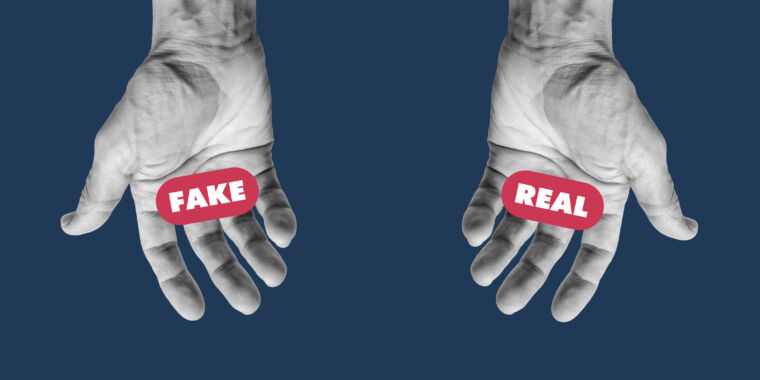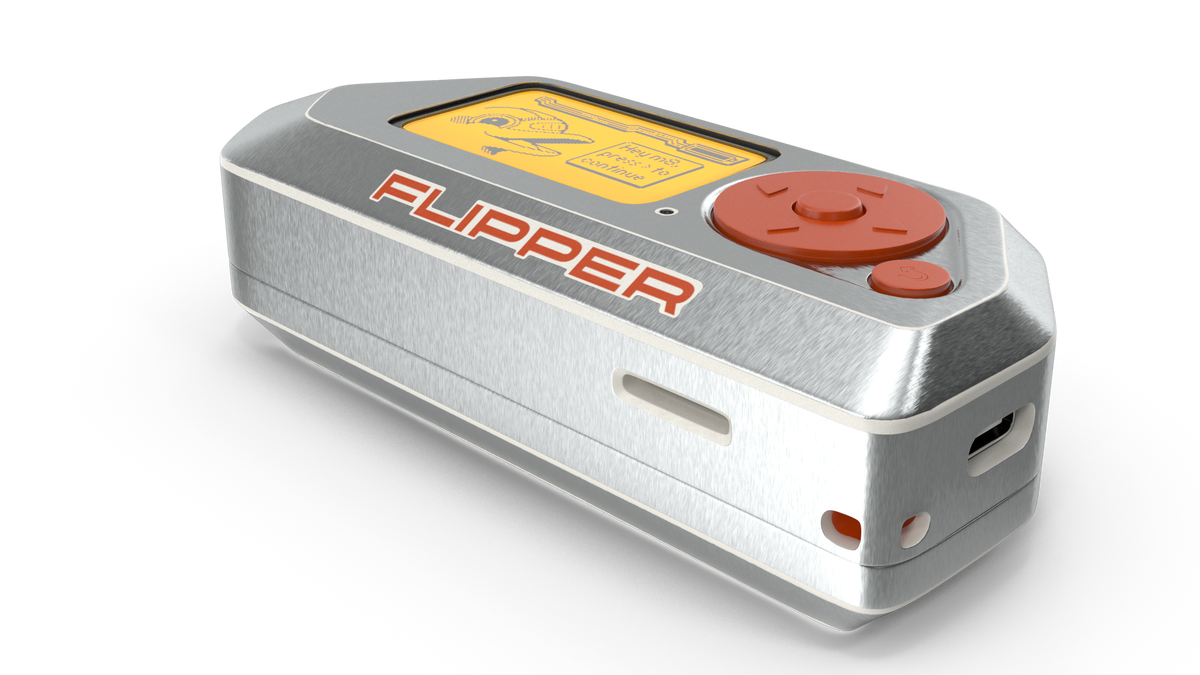Combatting AI-Fueled Disinformation
As the United States takes steps towards criminalizing deepfakes, which are deceptive AI-generated media that closely resemble authentic content, technology companies have been swift in developing tools to help detect such content. However, the effectiveness of existing efforts remains questionable, raising concerns about the ability of social media platforms to manage the potential chaos brought on by AI disinformation campaigns during significant global events such as the 2024 elections. Despite major tech companies pledging to create tools specifically designed to combat AI-driven disinformation in elections, the most reliable form of detection still lies with vigilant human observation. By closely scrutinizing deepfakes, individuals can identify anomalies like AI-generated individuals with unusual physical features or synthetic voices that lack natural pauses.
Revolutionary Tools in AI Detection
One of the most notable developments in the realm of AI detection tools was recently unveiled by OpenAI, a prominent player in the field. OpenAI revealed details about a cutting-edge AI image detection classifier that boasts an impressive accuracy rate of approximately 98 percent in identifying AI-generated content produced by its advanced image generator, DALL-E 3. The classifier is also capable of flagging roughly 5 to 10 percent of images generated by other AI models, as stated on the OpenAI blog.
Advanced Functionalities of the Classifier
According to OpenAI, the classifier delivers a binary response of “true/false” to indicate the probability of an image being AI-generated by DALL-E 3. The tool offers a straightforward content summary confirming if the content was produced using an AI tool, along with fields that specify the application or device and the AI tool utilized.
Technological Advancements in AI Detection
In the development of this tool, OpenAI dedicated months to adding tamper-resistant metadata to all images generated or edited by DALL-E 3. This metadata serves as proof of the content’s origin from a particular source and is utilized by the detector to accurately identify fake images created by DALL-E 3. The utilization of a standard for digital content certification established by the Coalition for Content Provenance and Authenticity (C2PA) ensures reliability, analogous to a nutrition label. OpenAI emphasizes the significance of adhering to this standard, it aims to integrate C2PA metadata into its forthcoming video generator tool, Sora.
Future Directions in AI Detection
It is essential to recognize that while adding metadata enhances authenticity and trustworthiness, there remains the possibility of its removal. OpenAI acknowledges this limitation but underscores the difficulty in faking or altering this information, underscoring its value in fostering trust. OpenAI’s commitment to adopting and promoting the C2PA standard is evident through its decision to join the C2PA steering committee, a crucial step in advocating for broader adoption of the standard.
Furthermore, OpenAI’s collaboration with Microsoft to establish a $2 million fund for AI education reflects a proactive approach to enhance public understanding of AI detection. By expanding knowledge in this domain, the aim is to discourage individuals from eradicating crucial metadata associated with digital content, ultimately promoting transparency and authenticity in the digital landscape.
Implications of OpenAI’s Involvement
OpenAI’s integration into the C2PA steering committee signifies a pivotal moment in the coalition’s efforts to enhance transparency regarding AI-generated content as it becomes more prevalent. The coalition expressed its enthusiasm for OpenAI’s involvement, recognizing it as a significant milestone towards advancing their shared mission through a recent blog post.
Image/Photo credit: source url





